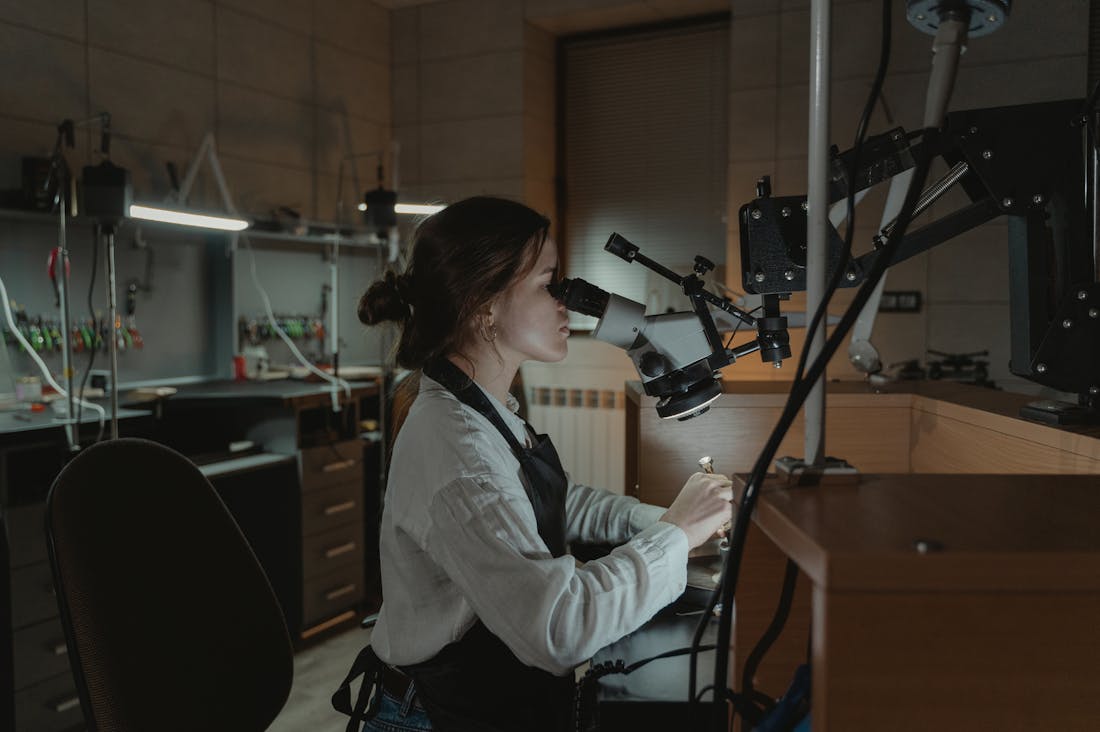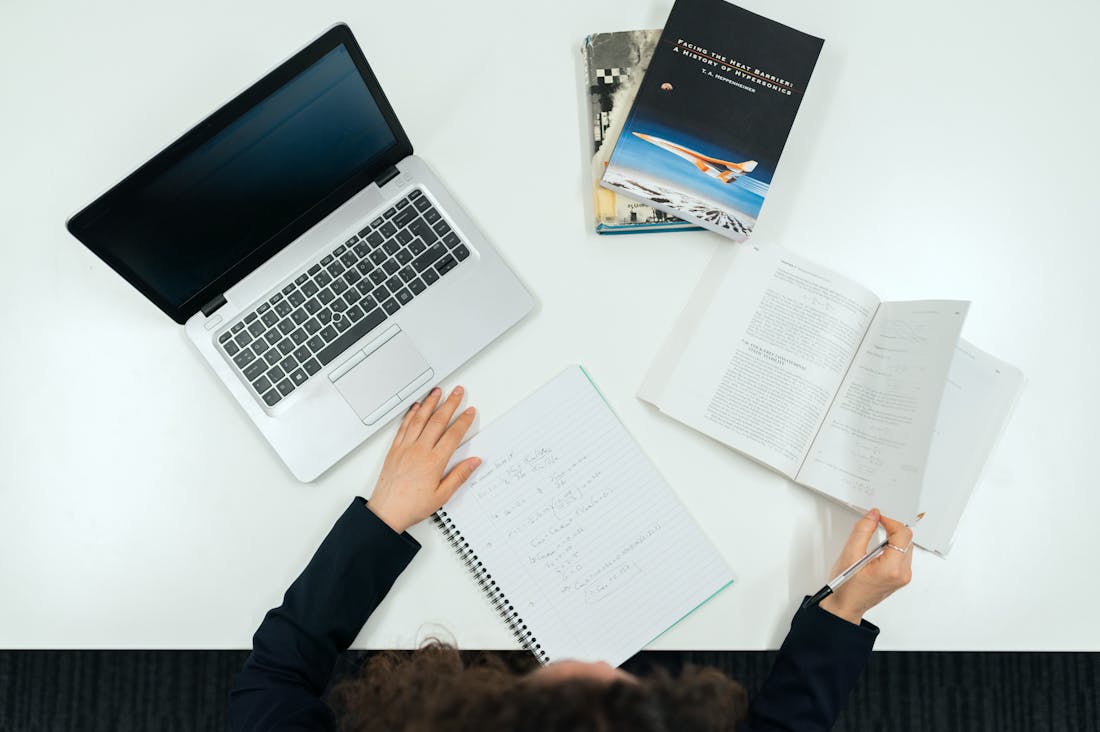In today's fast-paced world, the quest for productivity has never been more relevant. "The Science of Productivity: Work Smarter, Not Harder" delves into the principles that underpin effective time management and output optimization. By blending psychology, neuroscience, and practical strategies, this guide empowers individuals and teams to harness their potential, fostering a balanced approach that prioritizes efficiency without compromising well-being. Discover techniques that streamline workflows, enhance focus, and cultivate a productive mindset, ultimately reshaping how we approach our tasks and goals. Embrace the journey towards smarter work methods that lead to sustainable success.

Maximizing Your Daily Hours
Maximizing your daily hours is essential for enhancing productivity and achieving personal and professional goals. To start, prioritize tasks by importance and urgency, using techniques like the Eisenhower Matrix to distinguish between what is critical and what can wait. Establish a structured daily routine, allocating specific time blocks for deep work, meetings, and breaks, ensuring that you remain focused and energized. Leverage tools and technologies—such as calendars and task management apps—to keep track of deadlines and commitments. Additionally, learn to minimize distractions by creating a dedicated workspace, turning off notifications, and setting boundaries with peers. Regularly review your progress to adapt strategies as needed, allowing for continuous improvement in time management. Ultimately, cultivating a mindset of discipline and adaptability helps you make the most of each day, leading to greater fulfillment and success.

Creating a Productive Workspace
Creating a productive workspace is essential for fostering focus and creativity. Begin by decluttering your environment; a clean, organized space reduces distractions and promotes clarity of thought. Choose furniture that supports ergonomics, such as an adjustable chair and a desk at the right height, to enhance comfort during long hours of work. Adequate lighting is crucial; natural light is ideal, but supplemental lighting can reduce eye strain. Incorporate personal touches, like inspirational artwork or plants, which can boost mood and motivation. Additionally, designating specific zones for different tasks—like a quiet area for deep work and a collaborative space for meetings—can enhance efficiency and keep workflow dynamic. Embracing these principles will lead to a workspace that cultivates productivity and well-being.

The Role of Mental Health in Productivity
Mental health plays a crucial role in shaping productivity levels within both personal and professional contexts. When individuals maintain good mental health, they tend to exhibit higher levels of focus, creativity, and motivation, which are essential for accomplishing tasks effectively. Conversely, mental health issues such as anxiety, depression, and stress can lead to diminished cognitive function, decreased energy, and lower morale, ultimately hindering performance. Furthermore, workplaces that prioritize mental health—through supportive environments, access to resources, and open communication—often experience enhanced employee engagement and reduced absenteeism. By recognizing and addressing mental health, organizations can foster an atmosphere of well-being that drives productivity and innovation.
The Importance of Setting Clear Goals for Productivity
Setting clear, achievable goals is integral to enhancing productivity and ensuring meaningful progress. Goals serve as a roadmap, guiding individuals toward their desired outcomes while providing motivation and direction. Utilizing the SMART criteria—Specific, Measurable, Achievable, Relevant, and Time-bound—can further refine goal setting, ensuring they are realistic and attainable. Break larger goals into smaller, manageable tasks to prevent overwhelm and maintain momentum. Regularly revisiting and adjusting these goals based on performance and circumstances promotes adaptability, allowing for sustained focus and continuous improvement in productivity. This practice not only nurtures a proactive mindset but also fosters a sense of accomplishment as milestones are reached.
The Role of Breaks in Sustaining Productivity
Incorporating regular breaks into your work routine is vital for maintaining high levels of productivity and mental clarity. Research shows that taking short breaks during intense work sessions can lead to improved focus and reduced fatigue, allowing the brain to recharge. Techniques such as the Pomodoro Technique advocate for working in intervals, such as 25 minutes of focused work followed by a 5-minute break, to enhance concentration. During these breaks, engage in activities that promote relaxation—like stretching, walking, or practicing mindfulness—to rejuvenate your mind. This balance between work and rest not only contributes to overall well-being but also helps sustain productivity over longer periods, preventing burnout and fatigue.
Leveraging Technology for Enhanced Productivity
The digital age presents a plethora of tools and applications designed to enhance productivity across various tasks and projects. From project management software like Trello and Asana to communication platforms such as Slack, technology streamlines collaboration and organization. These tools facilitate real-time updates, allowing teams to remain aligned and informed about project developments. Additionally, automation tools can alleviate repetitive tasks, freeing up valuable time for more strategic activities. By integrating technology into daily workflows, individuals can optimize their time management, improve communication, and foster a culture of efficiency, ultimately driving collective productivity to new heights.
Cultivating a Growth Mindset for Lifelong Productivity
Adopting a growth mindset is essential for fostering a culture of continuous improvement and productivity. This perspective encourages individuals to embrace challenges, learn from failures, and persist in the face of setbacks. By viewing obstacles as opportunities for growth, people can develop resilience and adaptability, traits that are crucial in today's rapidly changing work environments. Engaging in lifelong learning—whether through formal education, workshops, or self-directed study—supports this mindset by equipping individuals with new skills and insights. Furthermore, sharing knowledge and experiences within teams fosters collaboration and innovation, creating a dynamic workplace where productivity can flourish.
AI-Assisted Content Disclaimer
This article was created with AI assistance and reviewed by a human for accuracy and clarity.